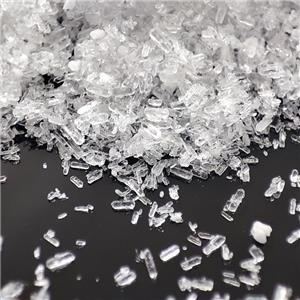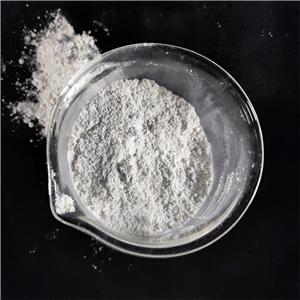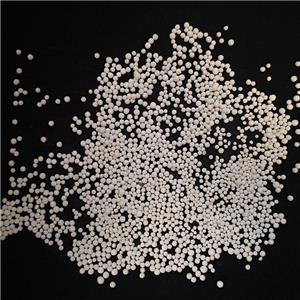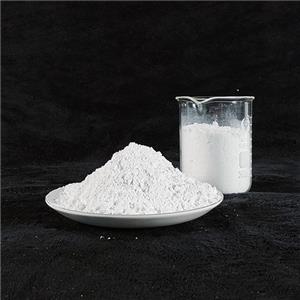Does magnesium hydroxide burn?-2
3. Applications of Magnesium Hydroxide
3.1 Medical Applications
Magnesium hydroxide is commonly used as an antacid to neutralize stomach acid and relieve symptoms of indigestion, heartburn, and upset stomach. It is also used as a laxative to treat constipation. Its mild alkaline properties make it effective in neutralizing excess acid in the stomach.
3.2 Environmental Applications
Magnesium hydroxide is used in environmental applications to neutralize acidic waste streams, such as acid mine drainage and industrial wastewater. It is also used in flue gas desulfurization to remove sulfur dioxide (SO₂) from exhaust gases produced by power plants and industrial facilities.
3.3 Fire Retardant
As mentioned earlier, magnesium hydroxide is used as a fire retardant in various materials, including plastics, rubber, and textiles. Its ability to decompose endothermically and release water vapor makes it an effective additive for reducing the flammability of these materials.
3.4 Industrial Applications
Magnesium hydroxide is used in the production of magnesium oxide (MgO), which is used in refractory materials, ceramics, and as a component in cement. It is also used in the sugar industry to purify sugar syrup and in the production of magnesium salts.
4. Safety Considerations
4.1 Handling and Storage
Magnesium hydroxide is generally considered safe to handle, but it should be stored in a cool, dry place away from incompatible substances. It is important to avoid inhaling dust or allowing it to come into contact with eyes or skin, as it can cause irritation.
4.2 Environmental Impact
Magnesium hydroxide is considered environmentally benign. It is non-toxic and does not pose significant risks to aquatic life or the environment. However, as with any chemical, it should be used and disposed of responsibly to minimize any potential impact.
4.3 Fire Safety
While magnesium hydroxide itself does not burn, it is important to be aware of the potential hazards associated with its decomposition at high temperatures. The release of water vapor can create steam, which may cause burns or other injuries if not properly managed.
5. Conclusion
In summary, magnesium hydroxide does not burn. It is a stable, non-flammable compound that decomposes when heated, releasing water vapor and forming magnesium oxide. This decomposition process is endothermic, meaning it absorbs heat, which makes magnesium hydroxide useful as a fire retardant. Its unique properties also make it valuable in a wide range of applications, from medicine to environmental protection and industrial processes.
Understanding the behavior of magnesium hydroxide under different conditions is essential for its safe and effective use. Whether it is being used to neutralize acid, treat digestive issues, or protect materials from fire, magnesium hydroxide plays a crucial role in various industries. Its non-flammable nature, combined with its ability to absorb heat and release water vapor, makes it a versatile and valuable compound in both everyday and specialized applications.
In conclusion, while magnesium hydroxide does not burn, its thermal decomposition properties and fire-retardant capabilities make it an important substance in many fields. Its stability, safety, and effectiveness ensure that it will continue to be a valuable resource for years to come.




